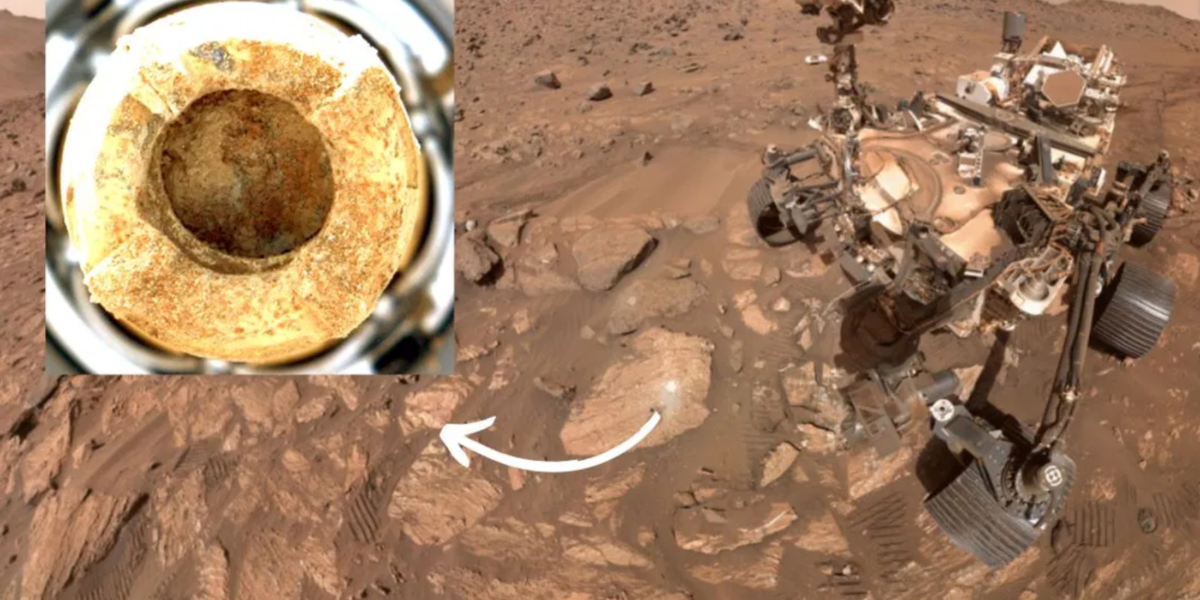Scientists are abuzz after NASA’s Perseverance rover discovered intriguing spots on a reddish Martian rock, leading them to speculate that chemical reactions within the rock could have supported microbial life on Mars billions of years ago.
The rock, named “Cheyava Falls,” was collected during the rover’s 22nd rock core sampling on July 21 from the northern edge of an ancient Martian river valley known as Neretva Vallis. This valley, shaped by ancient water flows into the Jezero Crater, is believed to have once harbored conditions favorable to life.
NASA’s analysis of the rock’s chemical signatures and structures suggests it could be a potential indicator of ancient life. According to the space agency, the rock exhibits features that “fit the definition of a possible indicator of ancient life,” highlighting its significance in the search for past life on Mars.
The rover’s SHERLOC (Scanning Habitable Environments with Raman & Luminescence for Organics & Chemicals) instrument detected organic compounds within the rock. These carbon-based molecules are fundamental to life but can also form through non-biological processes.
Read More: Mortal Kombat 1 July 2024 update: new fighter, extensive fixes, gameplay enhancements
Ken Farley, Perseverance project scientist at Caltech, described “Cheyava Falls” as “the most puzzling, complex, and potentially important rock yet investigated by Perseverance.” He noted that while there is evidence suggesting that microbial life could have utilized the chemical reactions indicated by the rock, along with clear signs of water, scientists have yet to ascertain the precise formation process of the rock.
The rock also contains olivine crystals, a mineral formed from magma, raising questions about whether these minerals and sulfate might have been introduced into the rock at “uninhabitably high temperatures,” potentially creating the distinctive leopard-like spots observed.
Farley emphasized the importance of returning the Cheyava Falls sample to Earth for further analysis, stating, “To fully understand what really happened in that Martian river valley at Jezero Crater billions of years ago, we’d want to bring the Cheyava Falls sample back to Earth, so it can be studied with the powerful instruments available in laboratories.”















